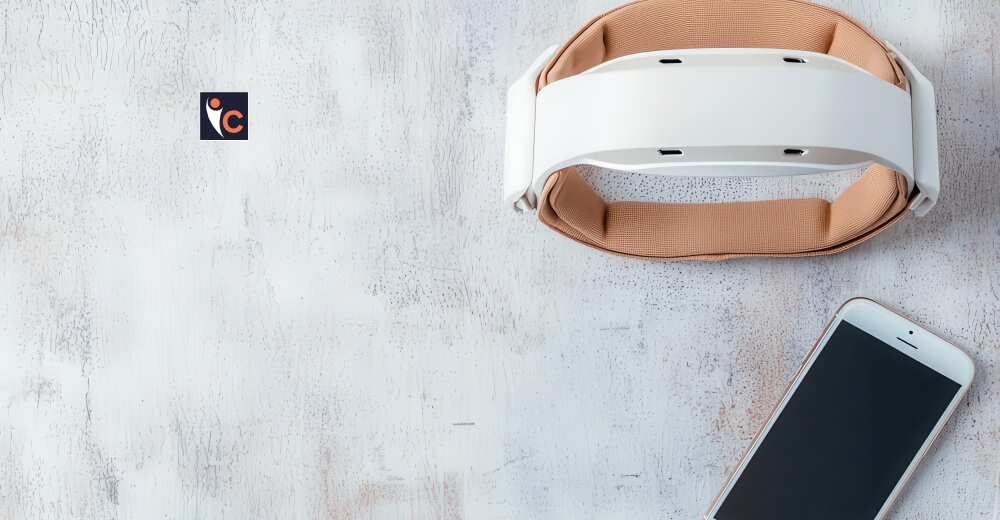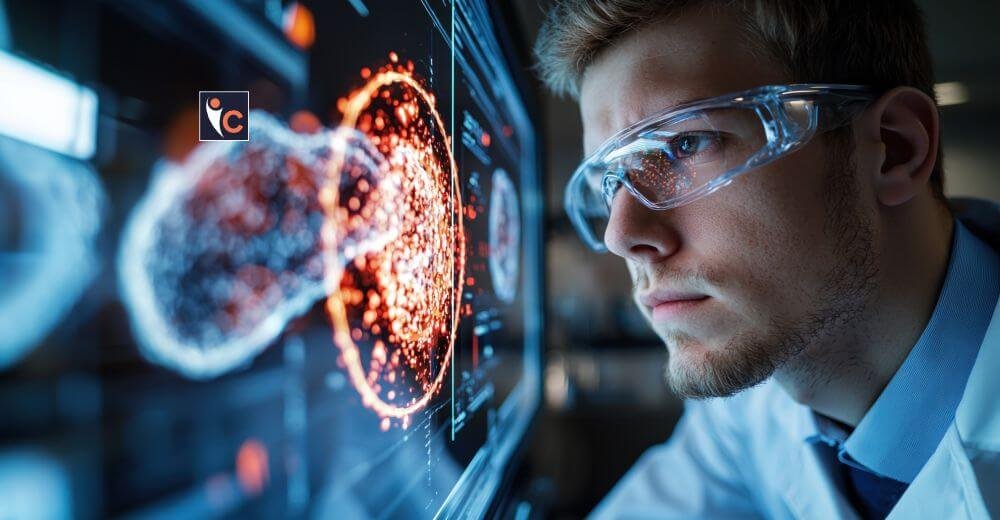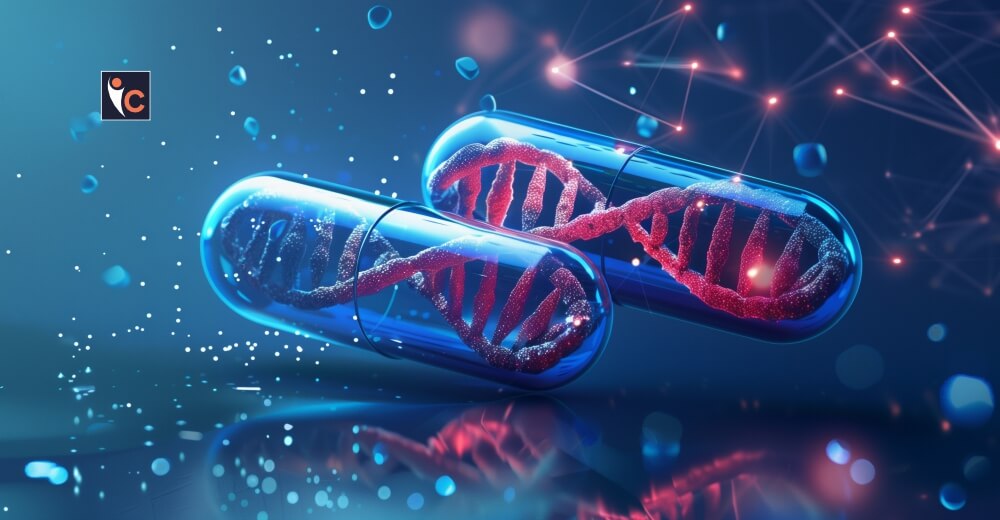Emerging Trends in Home Healthcare
Technological developments, especially the emergence of connected medical devices, are causing a significant upheaval in the healthcare sector. These gadgets, which are frequently called “smart medical devices,” use the Internet of Things (IoT) to enable data gathering, real-time monitoring, and communication between patients and medical professionals.
This article examines the rise of linked medical devices, as well as their advantages, and potential effects on healthcare delivery in the future.
Key factors Driving Adaption
Among the important factors that result in fast execution of connected medical devices for healthcare purposes are
- Ageing Population: The majority of chronic diseases, such as diabetes, hypertension, and heart diseases, have patients in proportion to the ageing population. With connected medical devices, these patients can be monitored remotely in a better way without frequent visits to hospital facilities. With older people multiplying in society and more patients residing in distant locations or found not to be moving easily, this feature would be essential for their care.
- Technological Developments: Advanced technology such as artificial intelligence (AI), machine learning (ML), and high-speed internet connectivity, including 5G, have improved the capabilities of interrelated connected medical devices. There are several perspectives why interconnected devices can collect a lot of data analyzed by AI, which can help identify specific patterns and predict future health issues even before they are diagnosed as critical. As an example, quick data transfers through 5G technologies allow real-time patient monitoring and timely response.
- Consumer Demand for Health Management: Consumers nowadays are more concerned about their health than ever before, and they actively look for resources that will enable them to take charge of their health. This need is met by connected medical devices, which offer people insightful information about their health through intuitive user interfaces. Patient participation and treatment plan adherence have grown as a result of this trend.
Benefits of Connected Medical Devices
Healthcare is rapidly adopting linked medical devices due to a number of important benefits:
- Enhanced Monitoring of Patients: Trackable health parameters enable the continuous monitoring of patients. For instance, irregular heartbeats that may not be observed during normal visits can be monitored using wearable ECG monitors. This capability enables timely interventions without hospitalization and its attendant effects.
- Improved Diagnostics: With such connected devices providing extensive time-series data, better diagnostics can be made. For example, smart glucose monitors can measure blood sugar levels continually and alert the users to variations from its usual range. This degree of specificity really improves the accuracy of the diagnosis and allows for more intelligent choices in treatment.
- Customized Treatment Plans: In light of the information provided by connected medical devices, healthcare providers can develop specific treatment plans. Medical specialists can change drugs or therapy based on the feed-back available in real time coming from the patient’s device by analyzing past data along with the present health indicators.
- Remote Patient Monitoring: Solutions for remote patient monitoring quickly emerged in much greater demand in the wake of the world fighting against COVID-19. Using connected devices, health care professionals could watch over the patient’s condition without the on-site visits, and thus enable doing away with the on-site visits yet deliver quality care.
- Data Driven Decision Making: Healthcare practitioners can gain important insights from the abundance of data produced by connected medical devices. This data is processed by artificial intelligence and advanced analytics to find trends, forecast possible health problems, and suggest individualized therapy modifications.
Current Application and Innovations
Applications for connected medical devices are numerous and include everything from advanced clinical equipment to consumer wellness goods. Wearable technology tracks vital signs, sleep habits, and physical activity, while implanted sensors keep an eye on long-term health issues like diabetes and heart disease. An interconnected network of ventilators, infusion pumps, and monitoring equipment in hospitals simplifies patient care and lowers medical errors.
Conclusion
A major change in the management and delivery of healthcare is being brought about by the proliferation of linked medical devices. These technologies have the ability to completely transform patient care by increasing patient monitoring, increasing the accuracy of diagnoses, customizing treatment regimens, and cutting expenses. To fully reap their benefits, however, issues like data security and interoperability must be resolved.
The key to opening up new possibilities in health management as we proceed into a more networked healthcare landscape is to embrace innovation while placing a high priority on patient safety. It is imperative that all parties involved such as patients, providers, producers, and regulators cooperate as we continue to investigate this new area of medicine in order to create a future in which technology improves everyone’s health.










